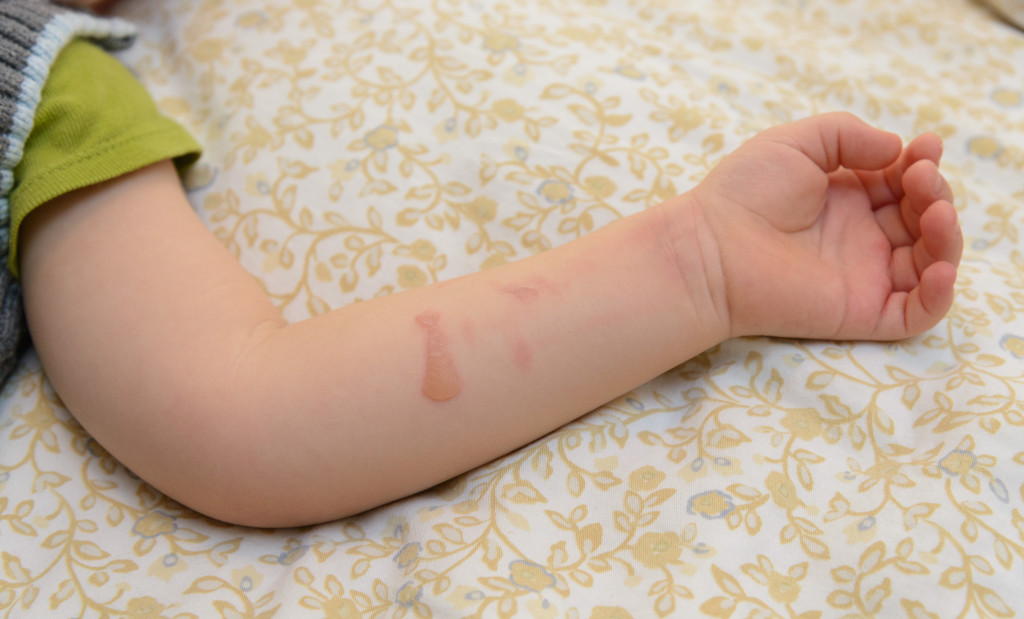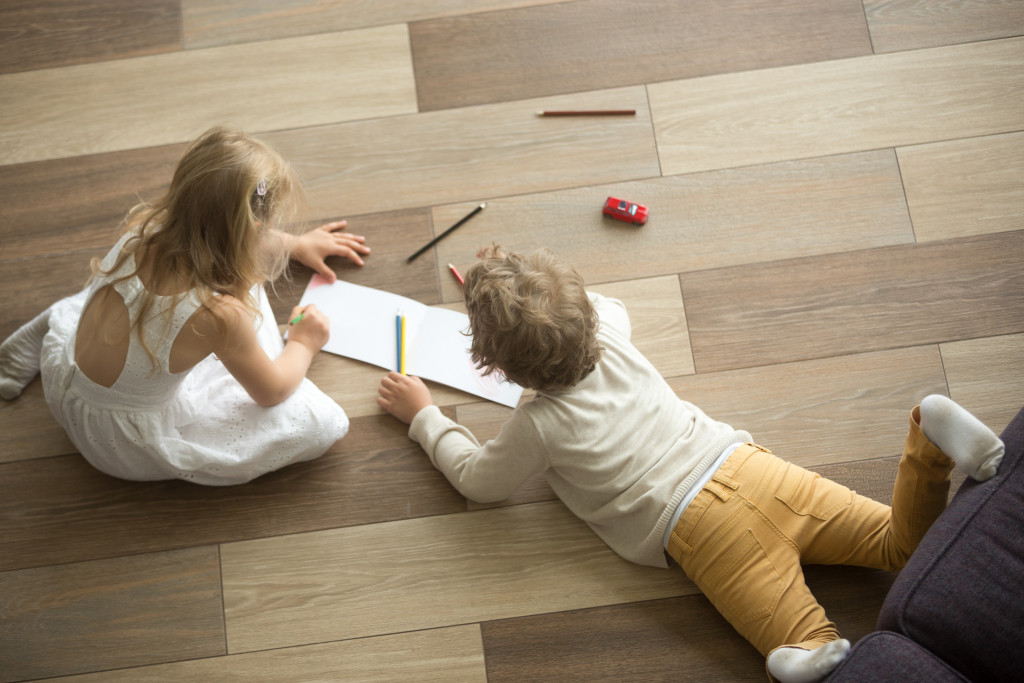Every year, thousands of young children are injured in home accidents. Parents could have prevented many of these accidents if they had taken a few simple precautions. These injuries range from minor cuts and bruises to more severe injuries like burns, poisonings, and choking.
As your child grows and becomes more mobile, it’s important to reassess your home for potential hazards continuously. Here are some tips for making your home safer for young children:
1. Keep dangerous items out of reach.
The home is filled with potential hazards for young children. It’s important to keep dangerous items out of reach to help prevent accidents. This includes things like medications, cleaning supplies, firearms, and knives. If possible, store these items in locked cabinets or rooms that your child cannot access.
You should also install child safety locks on cabinets and drawers that contain harmful items. This will help prevent your child from getting into these things even if they can reach them. You can also use safety plugs to cover electrical outlets.
Safety gates are another excellent way to keep your child away from potential hazards. These can block off stairs, kitchens, bathrooms, and other dangerous areas. Most gates are adjustable, so you can use them to restrict access to certain parts of the home as your child grows. Find one that is made of sturdy material and can be mounted securely.
2. Prevent falls.
Falls are one of the most common accidents in young children. Make sure your home is free of potential hazards to prevent falls. Inspect your home for trip hazards like loose rugs and cords. These should be removed or secured to prevent your child from tripping and falling.
It’s also important to install window guards or safety netting to prevent your child from falling out. If you have balconies or decks, make sure you surround them with a fence at least 4 feet high. You should also keep furniture away from windows to prevent your child from using it to climb.
Additionally, you should always inspect your flooring for potential hazards. If you have hardwood floors, make sure they are covered with rugs or mats to prevent your child from slipping and falling. You can also consider installing epoxy flooring, a smooth, non-slip surface that can help prevent falls. It is relatively easy to clean and maintain, making it an excellent option for homes with young children.
3. Prevent burns and scalds.
Many children are injured each year by burns and scalds. Everyday household items like stoves, irons, and candles can cause severe burns if not used properly. You can take some simple precautions to prevent these accidents from happening.
For example, you should always use the back burners on your stove and keep pot handles turned in so that your child cannot reach them. It would be best to keep appliances unplugged when they are not in use. If you have an iron, make sure it is stored out of reach or in a cupboard with a child safety lock.
It would help if you also took care when using hot water. Set your water heater to 120 degrees Fahrenheit or lower to prevent scalding. When bathing your child, always test the water with your hand before putting them in. It’s also good to install anti-scald devices on your faucets and showerheads.

4. Prevent poisonings.
Although it may seem like a rare occurrence, poisonings are one of the most common accidents in young children. Many household items can be poisonous if ingested, including cleaning supplies, medications, and plants.
It’s essential to keep all potentially poisonous items out of your child’s reach. You need to store them in locked cabinets or on high shelves. It would be best to keep them in their original containers with the labels intact to help you identify them quickly if your child does get into them.
You should also learn the symptoms of poisoning and what to do if your child ingests something poisonous. The best way to prevent poisoning is to keep your home clean and free of potentially dangerous items. Before you throw something away, make sure it is out of your child’s reach.
5. Prevent drowning.
Water is fun for children, but it can also be hazardous. Drowning is one of the leading causes of death in young children. If you have a pool, make sure a fence surrounds it. The fence should have a self-closing and self-latching gate to prevent children from entering the pool area.
It would be best if you also taught your child how to swim and make sure to supervise them when they are in or around water.
Making your home safe for young children can seem daunting, but it is essential to take precautions to prevent accidents. You can make your home a haven for your child to explore and grow by taking some simple steps. By following these tips, you can help create a safe and healthy environment for your child.




